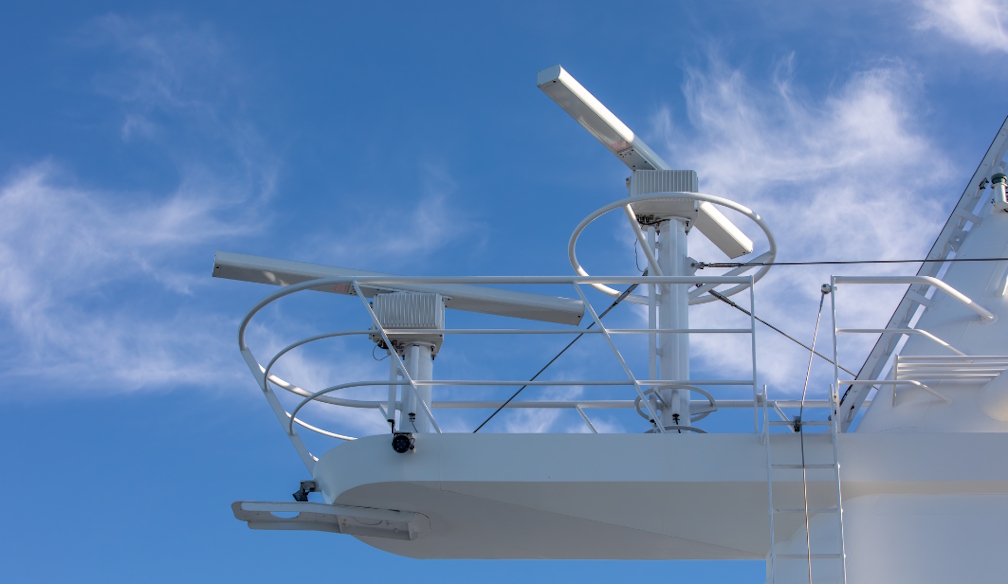Lessons from the Past: Historical Maritime Disasters and Their Influence on Modern Safety Regulations

Maritime history is filled with tales of bravery, innovation, and, unfortunately, tragedy. These historical disasters serve as stark reminders of the challenges posed by the seas and have driven significant advancements in maritime safety regulations. Australia, with its extensive coastline and rich maritime heritage, has been the backdrop for several such incidents. These events have not only shaped national policies but have also contributed to global maritime safety standards.
The Wreck of the Batavia (1629)
The Dutch East India Company’s ship Batavia met a tragic end off the coast of Western Australia in 1629. Poor navigation and inadequate safety measures led to the ship striking a reef. What followed was a grim tale of mutiny and massacre among the survivors.
This disaster highlighted the need for better navigational aids and discipline aboard ships. In the modern era, it has influenced Australia’s commitment to maintaining robust lighthouse networks and the development of electronic navigation systems that are now integral to preventing such tragedies.
The Cataraqui Shipwreck (1845)
The sinking of the Cataraqui on King Island remains Australia’s deadliest civil maritime disaster. Over 400 lives were lost when the ship, laden with emigrants, struck a reef in bad weather. The tragedy underscored the dangers of poor ship design and the absence of effective rescue measures.
In response, Australia enhanced its maritime safety protocols, including mandatory life-saving equipment and regular inspections of passenger vessels. These lessons resonate today in the form of stringent vessel safety standards enforced by bodies like the Australian Maritime Safety Authority (AMSA).
The Dunbar Tragedy (1857)
The Dunbar, a clipper ship, wrecked at Sydney Heads in 1857 due to treacherous conditions and poor visibility. This disaster claimed the lives of 121 people, with only one survivor. The catastrophe spurred calls for better port infrastructure and pilotage services.
Modern port operations owe much to such historical lessons. The introduction of advanced navigation systems, pilotage requirements, and breakwater constructions all trace their roots to disasters like the Dunbar. Additionally, international frameworks like the International Convention for the Safety of Life at Sea (SOLAS) have reinforced these measures globally.
The Sinking of the Blythe Star (1973)
The Blythe Star, a small cargo ship, sank off the coast of Tasmania without sending a distress signal. Its nine crew members spent days adrift before being rescued, with three ultimately perishing. This incident revealed gaps in communication protocols and emergency preparedness.
Subsequent reforms included mandatory Emergency Position-Indicating Radio Beacons (EPIRBs) on vessels and improved training for mariners in emergency response—standards now crucial in Australian waters. These changes align with global principles, such as those seen in the U.S. Death on the High Seas Act (DOHSA) ensures accountability and protection for lives lost offshore.
Legacy of the Lake Illawarra (1975)
The collision and sinking of the bulk carrier Lake Illawarra into the Tasman Bridge in Hobart caused immense damage, claiming 12 lives and cutting off a vital transport link. The disaster highlighted the need for improved bridge design and navigational safety near infrastructure.
Today, the rigorous assessment of maritime routes and bridge construction ensures that such accidents are far less likely. Lessons from incidents like this have also inspired protections for maritime workers, paralleling principles in the U.S. Jones Act that emphasize worker safety and injury compensation.
How Historical Lessons Shape Modern Policies
Each disaster has prompted advancements in maritime law and safety. Key reforms include:
- Enhanced vessel design and construction standards to withstand adverse conditions.
- Implementation of modern navigational aids, including GPS and electronic charts.
- Stringent training and certification requirements for maritime professionals.
- Development of robust search-and-rescue operations coordinated by AMSA.
Australia’s proactive approach to maritime safety is evident in its adherence to global frameworks and its leadership in regional maritime safety initiatives.
Moving Forward: A Safer Future at Sea
Reflecting on these disasters reminds us of the importance of continuous improvement in maritime safety. Innovations such as autonomous ships, real-time weather monitoring, and advanced communication systems are paving the way for even safer maritime operations.
As we honor the lessons of the past, we must remain vigilant, ensuring that the oceans—which have claimed so much—are navigated with the utmost care.
Maritime history teaches us that safety is a journey, not a destination. By learning from past tragedies, we can chart a course toward a safer and more resilient maritime future.

















